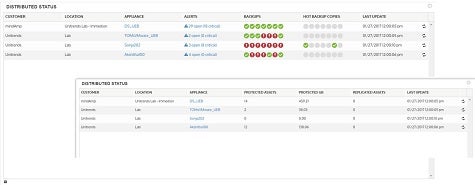Now that ransomware has emerged as a major scourge of IT, a lot more attention is being paid to data protection at the highest levels of most organizations. There’s no real cure for ransomware, but the tools for detecting and containing it are getting more sophisticated.
Unitrends has updated its backup and recovery appliances to include a ransomware detection capability based on predictive analytics that identifies data anomalies indicative of a ransomware attack. Once detected, Unitrends CEO Paul Brady says, appliances can be configured in a way that regularly backs data up to enable IT organizations to maintain pristine copies of their data as much as possible.
“It’ll start backing up data from the last known good recovery point,” says Brady.
That’s critical, adds Brady, because when it comes to ransomware, the only two real choices now are either to pay to regain control over encrypted data or restore a pristine copy of any affected data.
Unitrends has also added a Distributed Enterprise Manager, which enables backups to be automated across branch offices, as well as a role-based access control that IT organizations can employ to let the owners of applications self-service their own backup and recovery requirements.
Backup and recovery, for as long as anyone can remember, was considered one of those mundane tasks to be left in the hands of the lowest person on the IT totem pole. Thanks to the rise of ransomware, however, data protection has quickly moved up that pole as an IT priority. The challenge now is figuring out the best way to automate a process that spells the difference between yet another ransomware crime statistic versus a well-managed IT organization capable of defending itself.



